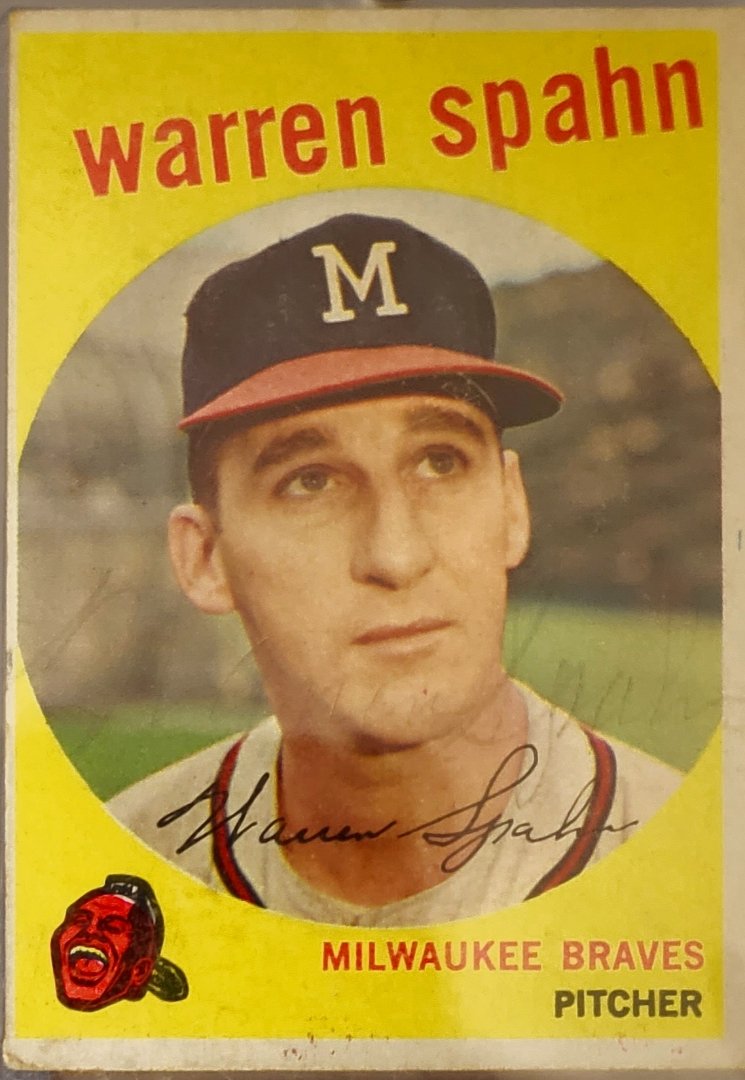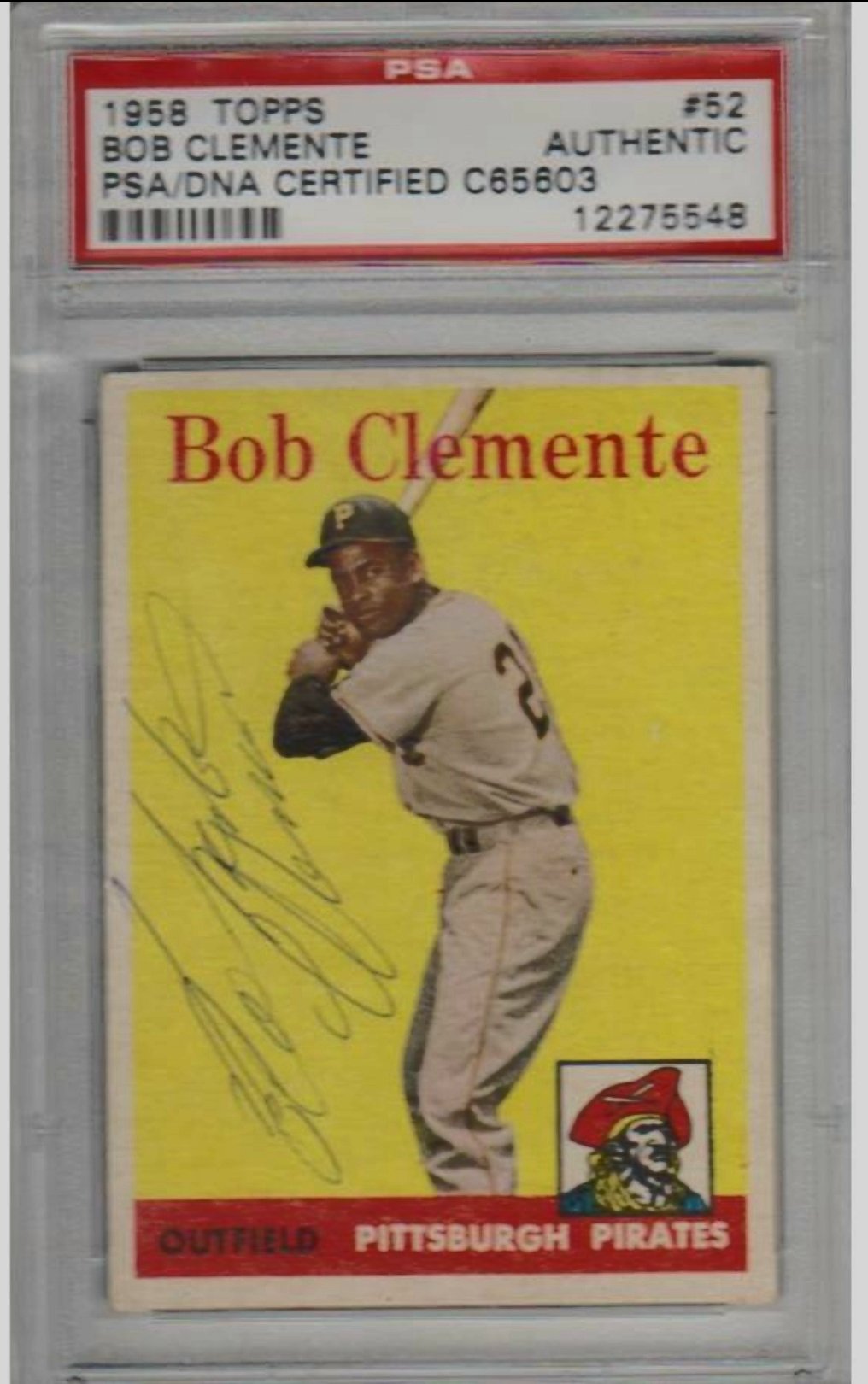The Glen Turner Collection
Glen Turner with Roger Maris in 1967.
T206 Subject and one of the “Eight Men Out” Eddie Cicotte signed an index card for Glen before he passed away in 1969.
When I was beginning to seriously collect signed prewar cards in 2007, I quickly learned of Glen Turner and his collection. He has been an autograph collector for over 50 years, and he has gotten some amazing signatures in that time, in person and through the mail, including the signed Cicotte above, which Cicotte personalized for him.
Glen grew up in Oklahoma, and had the pleasure of knowing George “Rube” Foster when he was a kid. Foster was also from Oklahoma. Foster pitched for the Red Sox from 1913-1917, and earned himself two World Series championship rings when Boston won the 1915 and 1916 World Series. Foster pitched two complete game victories against the Phillies in the 1915 World Series.
Glen knew enough to get tobacco cards signed by their subjects whenever possible. Most impressive, in my view, are the signatures he was able to get of Zach Wheat on his T202 triple folder, and Rube Marquard on his T205 gold border.
Glen found addresses for Wheat and Marquard in Jack Smalling’s first Baseball Address List in 1963. But, he also was successful in getting a great many signatures of ballplayers just by writing to the town the player lived in on the back of a card and using “General Delivery” as the address. He remembers as a 13-year old boy looking up the town in his grandfather's atlas to make sure the town had a relatively small population — today’s TTM collectors obviously cannot do that today! He acquired “a ton” of 1960 and 1961 Fleer Baseball Greats, as well as over 100 signed index cards, by such means.
The first autograph Glen ever got was on January 16, 1960. Warren Spahn was speaking at a local church in Heavener, Oklahoma. His father came home from work and asked Glen if he had ever heard of Spahn. Glen responded that he had a 1959 Topps Spahn card. So they jumped in the car and drove to the church. At the church, Glen asked Spahn to sign his card in pencil because he was afraid the ink would smear. Spahn said it would look better in ink, but Glen wouldn’t budge — he said “pencil please” and so Spahn signed the card in pencil. As you can see below, Spahn was probably right!
Signed in person (and in pencil) by Spahn on January 16, 1960 in Heavener, OK.
Glen has been sharing his experiences and strategies in the hobby for half a century. He often shares information with other collectors and, in the 1960s, was included in the hobby publisher Richard Burns’ columns for his autograph-seeking prowess, once explaining how he was able to track down Pie Traynor at an old-timer’s dinner in Pittsburgh — he didn’t actually attend; but he wrote a letter to the President of the Pirates and asked kindly for an autograph if possible. And the Pirates obliged.
Speaking of Pirates — one of the great signed cards in Glen’s collection is the 1958 Topps card he had signed by Roberto Clemente during a trip to Houston.
Glen’s efforts to secure autographs to capture baseball history are evident from his successfully tracking down Mrs. Eleanor Gehrig — Lou’s widow — for a signature.
Too often as collectors we put our faith in the “slab” or “loa” when really what we need is the history behind each of these wonderful artifacts. As collectors, we are really only holding onto these items for our relatively short times on earth, and have to pass them along to future generations. We need to preserve the history of such collections — the provenance that reminds us all of where they came from. Isn’t it that excitement about reaching back to a different time, a different age, that interests us the most? That’s where the true value is!








